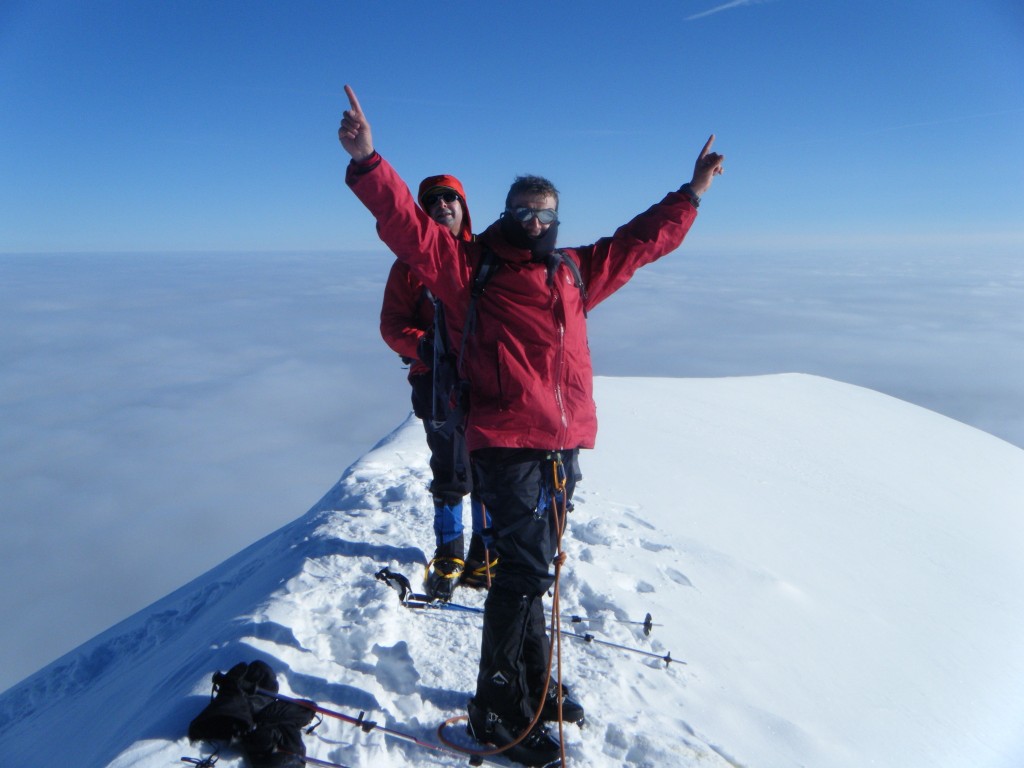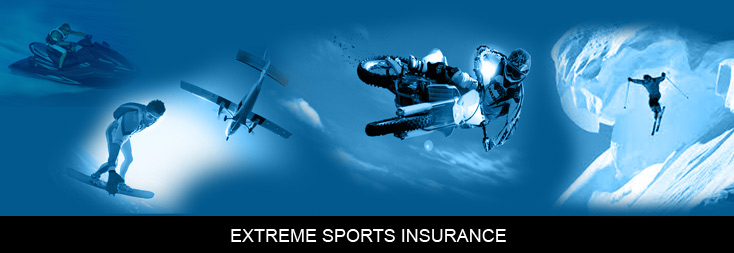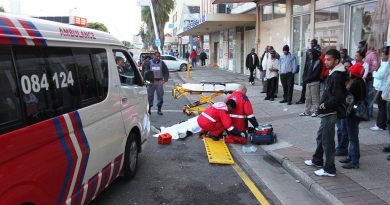How do mountain climbing and extreme sports affect your life insurance?
Would you still be covered by your life insurance policy if you participate in extreme sports? Can adrenaline junkies find life and disability insurance cover or would their loves ones be the ones at greatest risk?
This is the questions I had when chatting to a friend of mine, Henk Cronje who is co-owner of Coobah Restaurant in Bloemfontein. We shared a coffee and he expressed his concerns whilst training and preparing to climb Mt Blanc in France. At the time he had already climbed to the summit of Mount Elbrus in Russia [5,642 metres].
To have life and disability insurance in place whilst pursuing his passion of summiting the highest mountains is important not only for him when reflecting on his wife and kids, but also for his business partners and business continuance.
I must admit to being rather impressed with the strict training schedule and dietary guidelines these climbers follow and I could not resist finding more information on the impact that these extreme activities might have on their personal insurance portfolios.
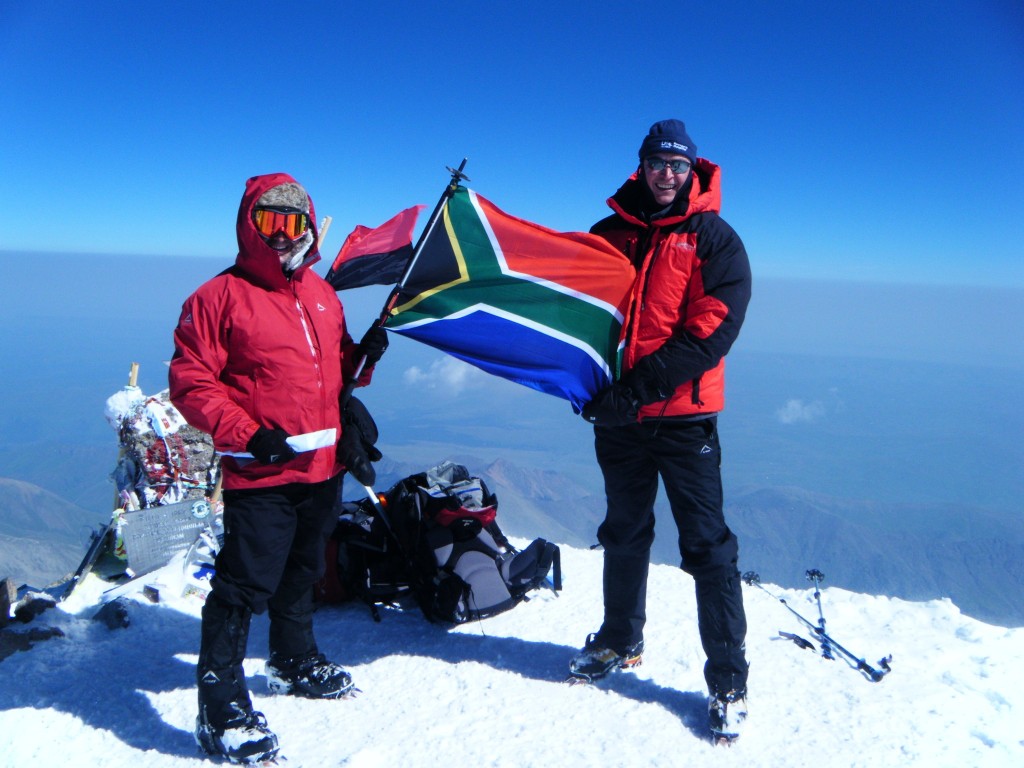
Q&A on extreme sports and life insurance
I raised a few questions and received rather comprehensive feedback from the Life Underwriting Department at OUTsurance. The feedback provides important insights to mountain climbers and other adrenaline junkies participating in a variety of extreme sports!
There is no generic feedback that will be applicable to all mountain climbers but the underwriters have tied to provide as much detail as possible to our mountain climbers.
What are the life and disability Insurance options available to mountain climbers? Would they be able to find cover?
Most climbers should be able to get Life, Disability or Critical Illness cover and doing so really does makes financial sense –
the same way it makes financial sense for anyone who can’t afford the impact of events such as becoming permanently disabled.
Important to consider is who is looking for cover and what risks are they exposing themselves to.
That can differ significantly from one climber to another.
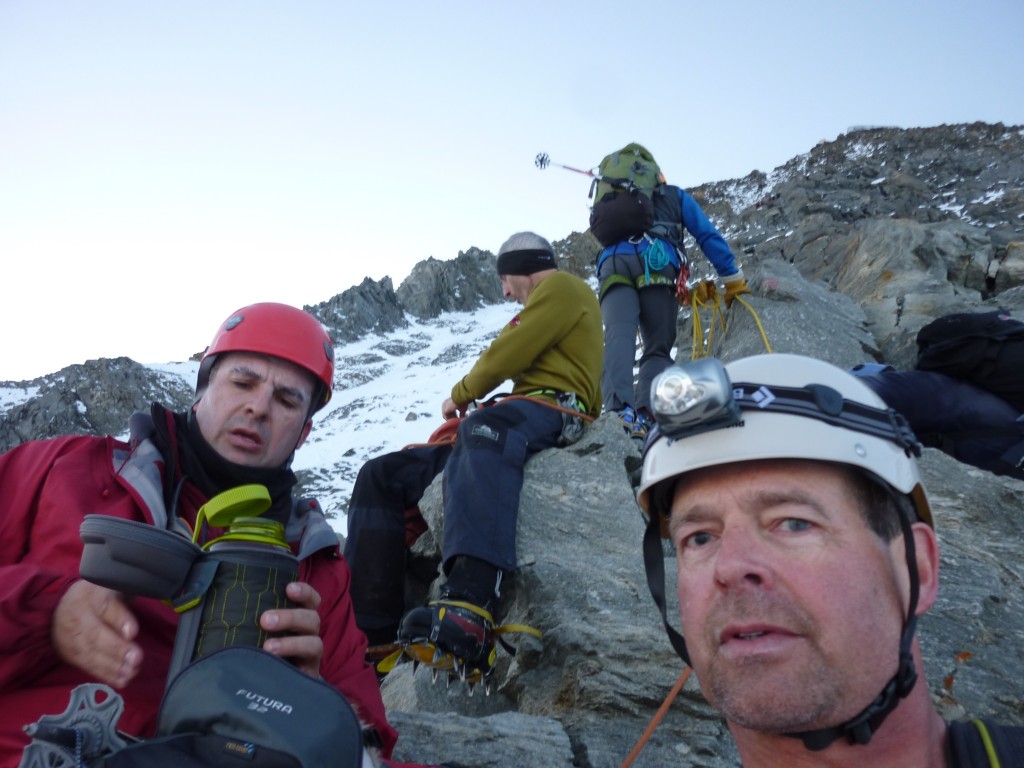
Risks undertaken may vary
For example some of the factors our underwriters would take into account include (but aren’t limited to):
• How long the individual has been climbing, so essentially how experienced they are
– A seasoned veteran climber would be far less likely to be involved in an incident then someone who is totally “green” or inexperienced.
– Also a seasoned pro should be able to deal with an incident better than someone who has no experience.
– Experience can mean the difference between a fatal fall and no fall at all.
• The equipment that they’ll be using
– Free climbing without ropes is far more dangerous than climbing with rope because it’s more likely that something will go wrong and should something go wrong, it’s probably going to end badly…
– Another example would the difference between the risk where people climb with or without helmets. Climbing with a helmet is obviously safer.
– Also, are the climbers climbing with ways to stay in contact with the “outside world”? For example are they climbing with radios or sat-phones so that if something goes wrong they can call for help?
• The heights involved
– The higher the climb in absolute terms and/or the higher the average height the more dangerous.
– Basically the higher the climbs the further there is to fall, all else equal.
• If the climber is a member of a climbing club or association and how credible that group is
– Climbers who are associated with well respected climbing clubs/associations are in all likelihood going to have a healthier respect for their sport and follow better climbing practices.
– They are also more likely to have the right gear and to have prepared adequately.
• Where the climbing is done
– The more remote the climbing the less likely there will be easily accessible help.
– For example if you fall climbing in the Cape you’re probably close to a hospital, but if you fall climbing in Antarctica (as an extreme example) you’re days away from proper medical help. That impacts the likelihood of an incident being fatal or leaving the individual disabled.
• Whether they are climbing in a group or alone and who all might be part of that group
– Climbing alone is much more risky than climbing with a component team. If someone climbs on their own and something goes wrong there’s nobody to help…
• The climbers’ general health
– There’s a significant difference between two people doing the same climb that are identical in all aspect, but their health.
– For example someone who’s doing a serious climb is more likely to have an incident if they have severe heart problems than if they did not.
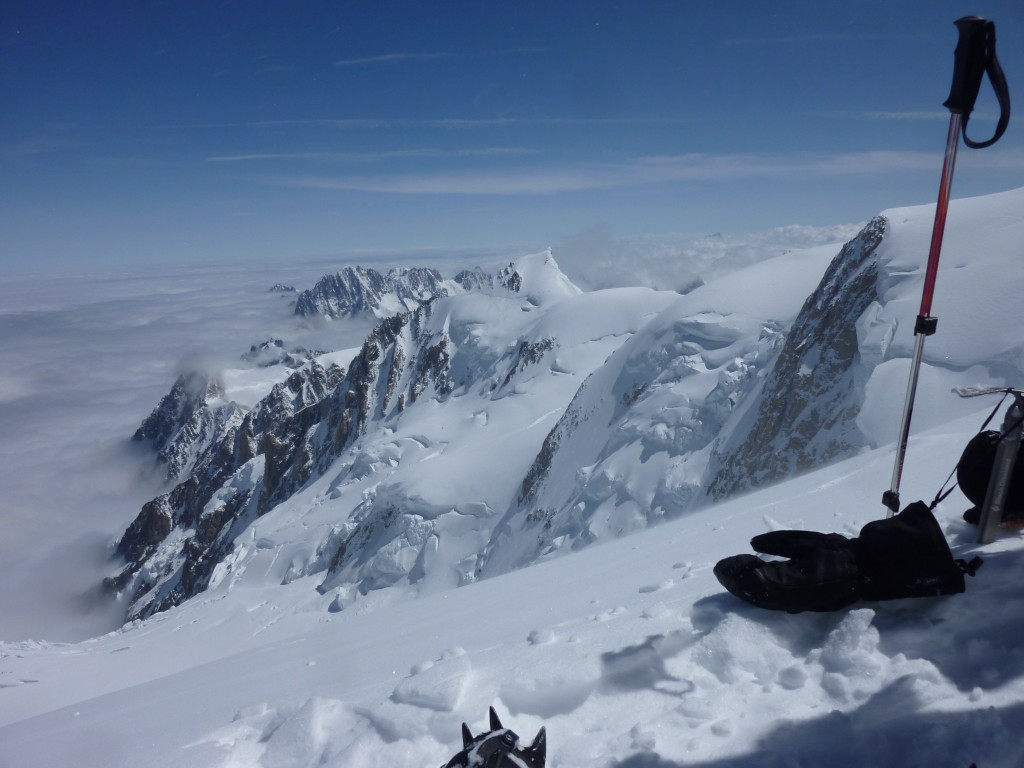
Would the cover be a loaded premium or would the extreme sporting activity by excluded?
There may be loadings or exclusions applied, but they would be based on the specific circumstances of the climber.
For example someone doing a solo climb of Everest would probably not get cover, but someone doing recreational climbing in South Africa may well get cover without any loadings or exclusions, but it does vary from case to case.
How does OUTsurance determine what activities are extreme sports? Do you have a list of extreme or dangerous activities?
The activities that are considered extreme or dangerous evolve over time.
For example kite surfing used to be considered extreme, but isn’t looked at so harshly any more.
It all depends on the how an activity impacts on both the frequency and severity of incidents and that is observable from past experience (whether it’s our own or our reinsurance partners).
Is there a difference between climbing Table mountain and the peaks of the highest mountain in France?
Most definitely as outlined above…That said there’s much more to consider than just the height and location.
How important is communication with your insurer and disclosures in this process of requesting life cover
It’s critical. The better the communication the less likely there are to be issues should a claim ever arise.
It’s much better for all involved to make sure the insurer and the insured are on the same page throughout the lifetime of a policy.
It’s also essential that any life assured keeps their insurer abreast of the changes in the activities they partake. For example if they decide to take up base jumping, they must let us know.
Does climbing experience and info on mountains you have climbed count for anything? – Or how regular you undertake these climbs?
Yes it does.
The more experienced a climber and the more “climbing fit they are” the better in terms of risk and that impacts the premiums and the cover that can be made available.
Also view:
Versekering moet in plek wees wanneer bergklimmers die hoogste pieke aandurf
Insurance for professionals participating in mountain climbing and extreme sports
